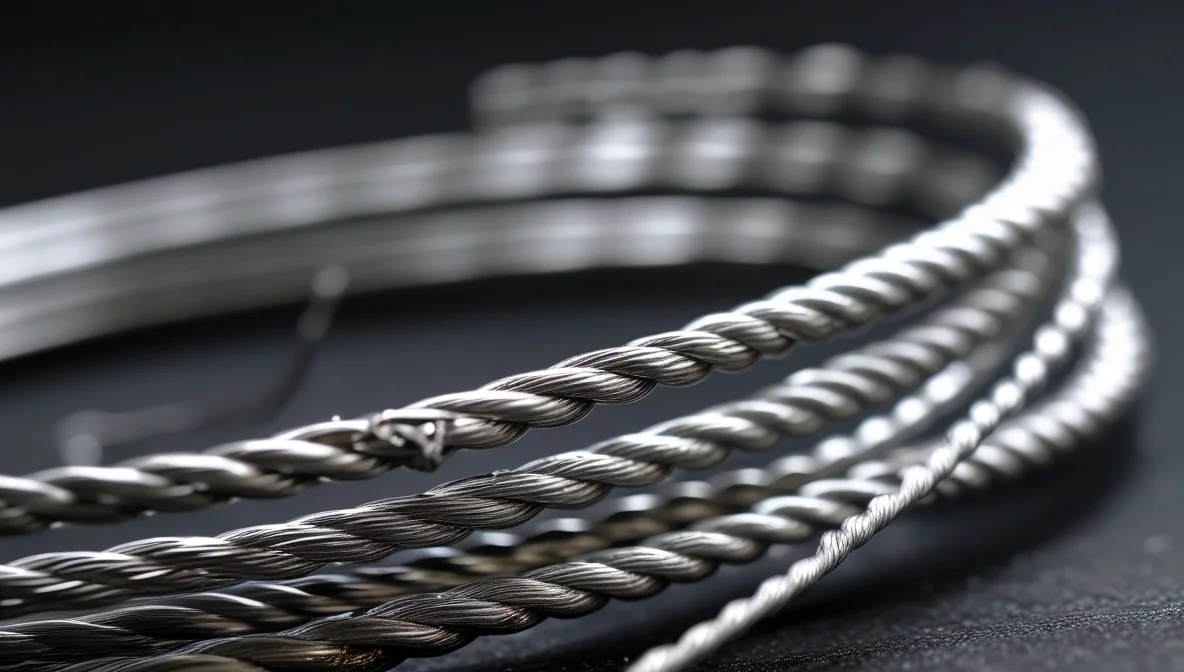The main difference between 304 and 316 stainless steel lies in their chemical composition, which directly impacts their properties, particularly corrosion resistance.


Both are austenitic stainless steels, meaning they share a similar crystalline structure and are generally non-magnetic in their annealed state. They both contain significant amounts of chromium (typically 18%) and nickel (typically 8-10%). This composition gives them good general corrosion resistance, formability, and weldability.
The Key Difference: Molybdenum
The crucial distinction is that 316 stainless steel contains molybdenum (typically 2-3%), while 304 stainless steel generally does not (or only contains trace amounts).
Impact of Molybdenum in 316 SS:
- Enhanced Corrosion Resistance: Molybdenum significantly increases resistance to pitting and crevice corrosion, especially in environments containing chlorides (like seawater, de-icing salts, and certain industrial chemicals).
- Improved Resistance to Acids: It offers better resistance to many acids, such as sulfuric acid and acetic acid, compared to 304.
- Slightly Increased Strength at High Temperatures: Molybdenum provides a minor improvement in strength and creep resistance at elevated temperatures.
Chemical Composition Comparison (Typical %):
| Element | Type 304 | Type 316 |
|---|---|---|
| Chromium (Cr) | 18.0 – 20.0 | 16.0 – 18.0 |
| Nickel (Ni) | 8.0 – 10.5 | 10.0 – 14.0 |
| Molybdenum (Mo) | Trace | 2.0 – 3.0 |
| Carbon (C) Max | 0.08 | 0.08 |
| Manganese (Mn) Max | 2.00 | 2.00 |
| Silicon (Si) Max | 0.75 | 0.75 |
Summary of Differences:
- Corrosion Resistance: 316 is significantly more resistant to chlorides and many industrial chemicals than 304. 304 offers good resistance to atmospheric corrosion and many organic/inorganic chemicals but is susceptible to pitting in chloride environments.
- Cost: 316 is generally more expensive than 304 due to the addition of molybdenum and slightly higher nickel content.
- Applications:
- 304: Widely used for kitchen equipment, food processing, architectural trim, storage tanks, automotive trim, general-purpose stainless steel wire.
- 316: Preferred for marine applications, chemical processing equipment, pharmaceutical equipment, medical implants, coastal architecture, and environments with high salt exposure.
- Mechanical Properties & Formability: Largely similar, though 316 might be slightly less formable in some operations.
In essence, choose 304 for general-purpose applications with good corrosion resistance. Choose 316 when superior resistance to pitting corrosion, particularly from chlorides, is required.
What is the difference between 304 and 316 stainless steel? — This article provides a practical buyer‑focused overview with specifications, selection tips, and on‑site considerations. Explore related topics: blog.
Key Specifications and Standards
- Standards: ASTM / EN / JIS (e.g., ASTM A240/A36, EN 10088/10025, JIS G4304/G3131).
- Surface options: 2B, BA, No.4, HL, mirror; galvanized (electro / hot‑dip).
- Processing: hot‑rolled, cold‑rolled, annealed & pickled, welded or seamless.
- Typical services: slitting, shearing, cut‑to‑length, drilling, beveling, deburring.
- Documentation: MTC, CO, packing list with net/gross weight and heat numbers.
Typical Applications
Construction, machinery, automotive, energy, enclosures and fencing, food equipment (for stainless), and general fabrication. Match grade and finish to corrosion, strength, and appearance requirements.
Selection Guide
- Use certified material with Mill Test Certificate (MTC).
- Confirm standards (ASTM/EN/JIS) and tolerances per drawing.
- Match surface finish to application (2B/BA/No.4/galvanized).
- Specify dimensions and acceptable deviation upfront.
- Plan packaging and corrosion protection for transit.
Processing, Packaging and Logistics
We adopt edge protection, waterproof wrapping, rust‑inhibiting paper, fumigated pallets, and strapping suitable for sea freight. Loading photos and weight lists are provided for each shipment.
FAQs
Q: What lead time can I expect?
A: Typically 7–15 days ex‑works for standard sizes; custom processing may extend the schedule.
Q: Can you provide cut‑to‑size service?
A: Yes. We slit, shear, cut, drill, bevel and deburr to drawing to reduce waste and speed installation.
Q: How do you ensure quality?
A: Incoming inspection, process control, and final inspection with traceable heat numbers; third‑party inspection is available.
Q: Do you support small trial orders?
A: We support pilot quantities with consolidated shipping to control cost.
All values are typical and for guidance only; confirm with the datasheet and purchase order before production.
Related products: view details.
Related products: view details.



